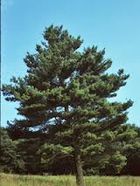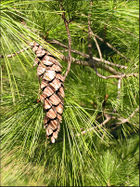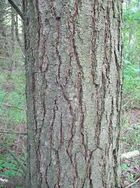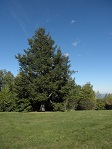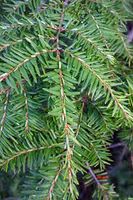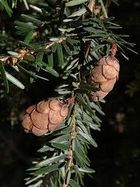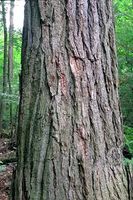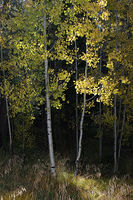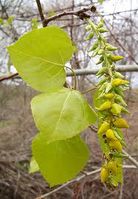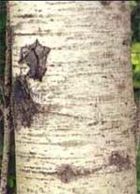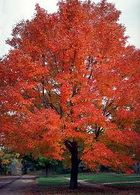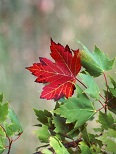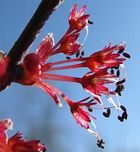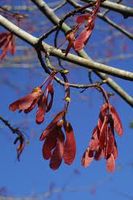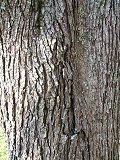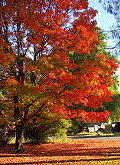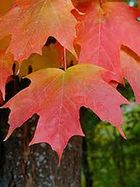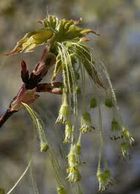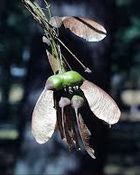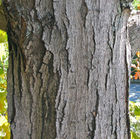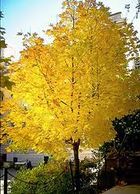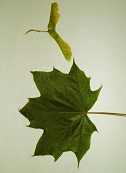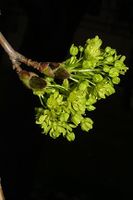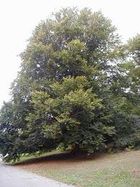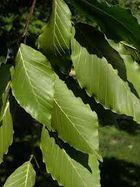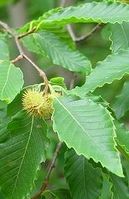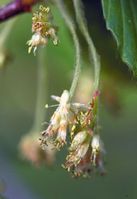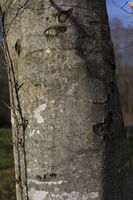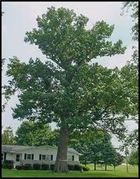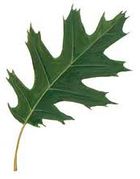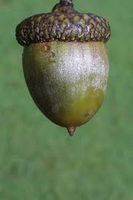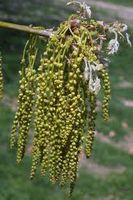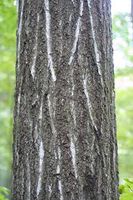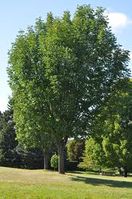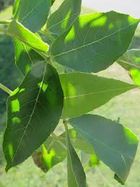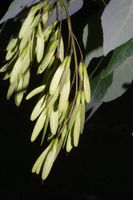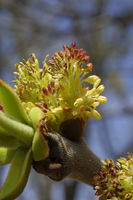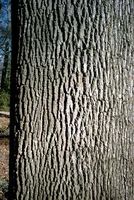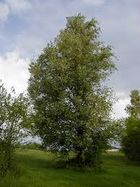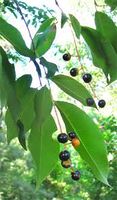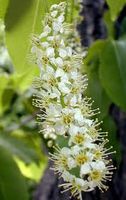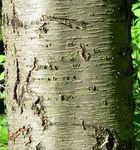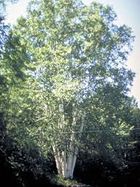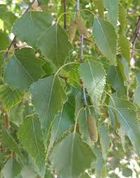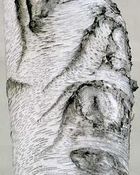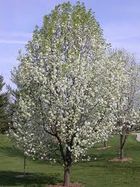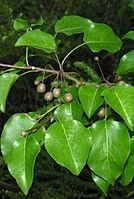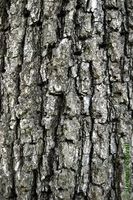Lexington Trees
Jump to navigation
Jump to search
| In And Around Lexington |
|---|
| Events |
| Events and Calendars |
| Arts and Entertainment |
| Art Galleries, Cary Library |
| Museums |
| Historical Buildings and Sites |
| Bands |
| Orchestras, Symphonies |
| Local Flora and Fauna |
| Ballet, Opera, Theater |
| Trees, Shrubs and Vines |
| Wild Flowers and Herbs, Birds |
| Local History |
| Articles, Books, Old Pictures |
| Historic Commission, Historic Surveys |
| Old Churches and Meeting Houses |
| Period Maps, TV Stations, Web Site Mirrors |
| Recreation and Outdoors |
| Biking, Exercise, Gyms |
| Parks, Trails |
| Town Recreation Facilities |
| Food and Drink |
| Restaurants |
| City Life |
| Mailing Lists, Web Sites, FAQs |
| Churches and Temples |
| Child Care Centers |
| Public, Private Schools |
| Tutoring and Private Instructors |
White Pine
- Pinus strobus
- To 100 ft (30 m)
- Mature trees can easily be 200 to 250 years old.
- Prefers well-drained, sandy soils.
- Needle-like leafs grow in bundles of 5.
- Needles remain on the tree for two years.
- Cone is up to 8 in (20 cm) long.
Eastern Hemlock
- Tsuga canadensis
- To 150 ft (45 m)
- It may live up to 250 years.
- Leaves are flattened needles which grow from 2 sides of twigs, parallel to ground.
- Fruits are cone like, less than 1 inch long.
Quacking Aspen
- Populus tremuloides
- To 60 ft (18 m)
- Called Quacking due to the rustling sound of leaves in the light wind.
- The long stemmed, wide leafs are rounded and have fine teeth.
- The most widely distributed tree in North America, will grow in almost any soil except in the wettest swampy areas.
- Propagates itself primarily through root sprouts.
- A fast grower, it is usually the first tree to grow in burned-over areas and unused fields.
Red Maple
- Acer rubrum
- To 90 ft (27 m)
- Likes a wide range of soil types
- Reaches maturity in 70 to 80 years, and rarely lives up to 150 years
- Leaves are 3 lobed, or 5 lobed with weak basal lobes
- Notches Between Lobes are V-shaped
- Leaves turn scarlet to orange in autumn
- Produces syrup and sugar, but not as much as the Sugar Maple
Sugar Maple
- Acer saccharum
- To 115 ft (35 m)
- Leaves are 3 or 5 lobed
- Notches Between Lobes are U-shaped (rounded)
- Easily confused with the Norway Maple, see [[1]] for identifying the Sugar Maple in contrast with the Norway Maple
- Leaves turn yellow to orange to red in autumn
- Produces syrup and sugar
Norway Maple
- Acer platanoides
- To 100 ft (30 m)
- Was planted as a hardy street tree but is now considered an invasive species.
- Most populous tree in Lexington (18.54% of Lexington tree inventory)
- Leaves are 5 lobed.
- Notches Between Lobes are U-shaped (rounded)
- Leaves turn yellow to orange to red in autumn.
American Beech
- Fagus grandifolia
- To 80 ft (24 m)
- With long, horizontal branches
- Leaves elliptical in shape with many parallel side veins and coarse, small-toothed edges
- Bark is very smooth, light gray colored
Northern Red Oak
- Quercus rubra
- To 90 ft (27 m)
- Branches grow at right angle from the stem
- Leaves have seven to nine lobes
White Ash
- Fraxinus americana
- To 100 ft (30 m)
- Underside of leaves are whitish green with tiny hairs
- Name derives from color leaf underside
- Likes rich, well drained soil
- Wood is tough, does not break under strain
Black Cherry
- Prunus serotina
- To 80 ft (24 m)
- Bark and leaves have cherry-like aroma
- Dark berry fruits
Gray Birch
- Betula populifolia
- To 30 ft (9 m)
- Thin branches form irregular crown
- Bark is white gray with black spots where branches meet trunk
Callery Pear
- Pyrus calleryana
- To 65 ft (20 m)
- Native to China and Vietnam
- Abundant flowers in early spring, before the leaves are fully developed
